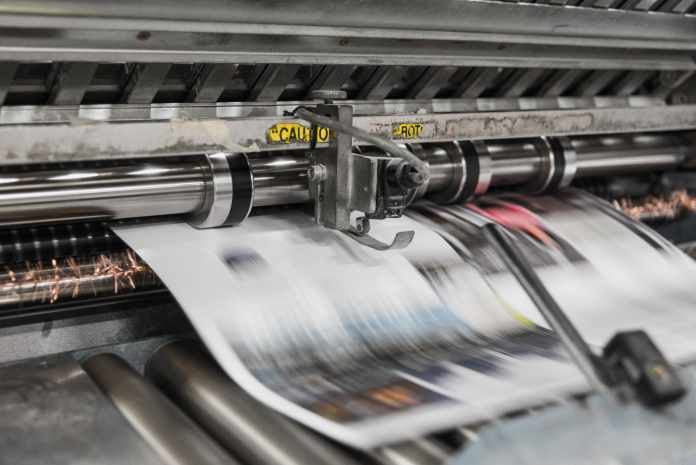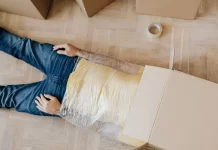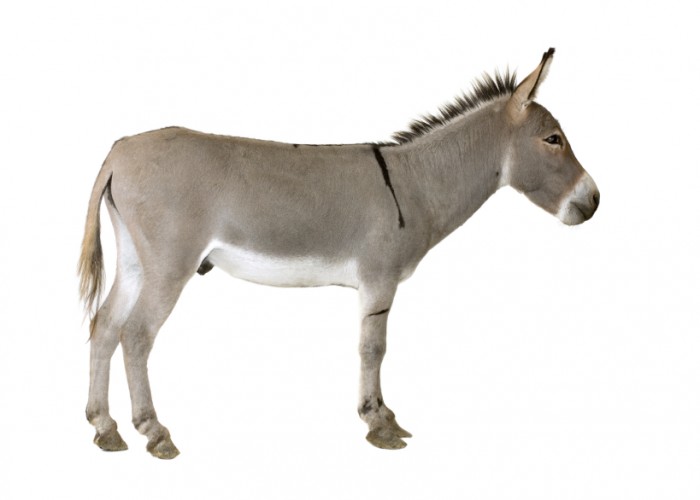Fabric Printing
One of the most popular forms of printing is fabric printing. It seems to remain among various myths and legends. Most people find it tough to understand and choose the right method for fabric printing that would have a great impact on the final result of the work. Whether the projects you have planned turns out just as indented, depends on the right choice made during printing and the usage of dye. If you are considering knowing more about or learning about print design on fabric and getting some Photoshop lessons in Australia, you could learn them from different institutes and become an expert in the field.
The basic categorisation here would be the division into analogue and digital fabric printing.
Analogue Printing
It is also known as screen printing involves pressing the paint printing screen which then makes a print. The printing screen is made of a nylon mesh with a steel frame around it. This type of printing is performed manually as the print gets squeezed through the screen. A machine can also technically press the paint through the screen. One colour is printed at a time as each colour forms a separate layer. For this reason, screen printing is not usually recommended when it comes to multi-colour prints. Digital printing works much better when it comes to multi-colour prints.
Types of screen printing
- Flat-screen printing: This method is mostly used to print on readymade objects like bags and t-shirts.
- Rotary screen printing: This method is implemented to print on entire rolls of fabric. Here, the initial cost would be high as the cylinders need to be prepared which would significantly raise the price.
- Hand-screen printing: This has been a method of printing that was quickly accepted by the independent artists screen-print manually in their workshops with the help of homemade constructions.
Digital Printing
When it comes to digital printing on paper, painting on fabric allows you to make a single print without any initial costs such as printing screens, Photoshop lessons Australia. In simple terms, digital printing on fabric can be compared to something like a home inkjet printer. This method of fabric painting does not have any type of restrictions on the project and you could print any graphic on the fabric without any limitations by using different colours or any tonal transitions between the colours.
Printing can be the result of applying dye or microscopic droplets of paint on fabric that would result in creating a pattern. The printer can reproduce virtually any colour from a normal colour palette with the help of a combination of four basic colours from the CMYK palette (cyan, magenta, yellow, black) and additional spot colours like orange and blue. Digital printing has its limitations. They have narrow possibilities of making use of special colours like fluorescent or metallic or even the PANTONE palette.
Digital printing is usually done on white fabric and hence printing white dots on black background boils down to printing the entire surface black and white dots. A tough colour scheme is there for the basic premise that helps in choosing a different method. Digital printing on the fabric would work perfectly when it comes to printing photos of detailed patterns, tonal transitions and graphically complex designs.








